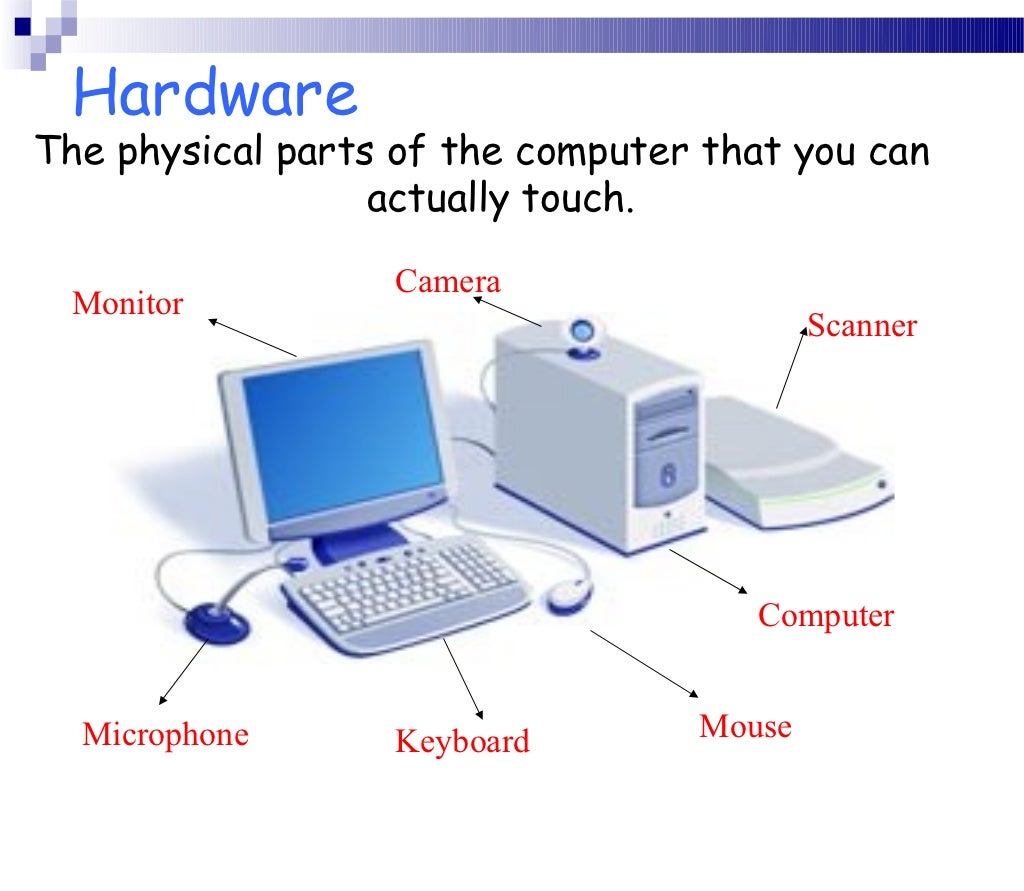Uncovering Treasure in Extra Electronics Parts: A Handbook
In a time when technological advancements occur rapidly , excess computer hardware have become a treasure trove for technology fans and thrifty buyers alike. Whether you’re a DIY builder , a gamer trying to cut costs , or anyone looking to prolong the lifespan of a current gadget, sourcing quality surplus components can be transformative . The allure of these parts lies not just in their reasonable pricing but also in the option for upgrades and upgrades that can significantly enhance your user experience.
However, traversing the world of surplus computer parts can be challenging. With a myriad of options available, knowing what to look for is crucial to making wise buying choices . This resource will provide you with essential tips and insights, empowering you to spot quality components while avoiding frequent errors. From second-hand motherboards and video cards to surplus RAM and PSU units , knowing the subtleties of each part will help you uncover great deals and make sure your purchases fulfill your performance expectations. Participate with linked here as we investigate the comprehensive guide for purchasing excess computer components and discover how to maximize your technology spending wisely.
Top Things to Consider While Purchasing Surplus Inventory Components
When dive into the realm of the realm of leftover electronic parts, your initial factor must be the the seller's credibility. It is crucial to purchase from reliable sources, whether they are online stores, neighborhood retailers, or dedicated surplus vendors. Look into the supplier by reviewing feedback, ratings, and feedback from former buyers. A reputable supplier often provides various forms of product assurance and return policies that can protect your capital.
Then, as you are examining surplus parts, pay attention to the quality of every part. Check for any signs of usage, defects, or corrosion that could impact the performance. Evaluating the components, if possible, can uncover hidden deficiencies that are not easily detectable. For electronic components, consider whether they have been reconditioned, as this may impact their reliability and lifespan. Always choose parts that come with a warranty or guaranteed support.
In conclusion, the compatibility is a key aspect when selecting surplus parts. Prior to making any purchases, ensure that the parts you intend to buy are fitting with your existing setup or intended build. This requires verifying specs such as connection types for CPUs, RAM speeds, and power specifications for PSUs. Familiarizing yourself with compatibility helps prevent the difficulty of purchasing parts that do not match, ultimately saving resources and money.
Evaluating Condition and Condition of Parts
When shopping for second-hand computer components, it is important to evaluate the quality and status of the components. Start by carefully reviewing the external look of each component. Look for signs of tear, rust, or any damage. Components such as circuit boards and graphics cards should have clear, unharmed circuit boards with no swelling or dripping capacitors. It is also essential to inspect for any absent components or damaged connectors that could influence functionality.
Next, consider the years and history of the parts. Consult Extra resources about how the components were operated and whether they have been tested. A lot of surplus parts come from retired systems, so grasping their previous life can give hints into their current state. For important components like central processing units and GPUs, check if they have been run at higher speeds or heavily used in gaming, as this could have an effect on their longevity and reliability.

At last, examining the parts whenever possible is an effective way to ensure quality. Utilize diagnostic tools to check functionality and verify that all components is functioning properly. For example, testing a surplus storage drive with software that checks read/write speeds and checks for bad sectors is an excellent measure. By taking these actions to evaluate the state and performance capabilities of surplus parts, you can make informed purchasing judgments and reduce the risk of buying subpar components.
Enhancing Worth and Steering Clear of Traps
When browsing for extra computer parts, maximizing worth necessitates a careful approach. Begin by researching the particular components you need and their current prices to have a benchmark for evaluating. Use this knowledge to spot fair deals and avoid overpaying for items that may not be worth their selling price. Being aware of the average lifespan and performance benchmarks of components can also help you in making wise decisions, making sure that what you invest in is actually advantageous for your setup.
It's essential to check items carefully before purchasing. Look for indicators of wear, missing components, or any tangible damage. For electronics, testing functionalities, when possible, is crucial to prevent buying malfunctioning parts. Request sellers about refund policies or warranties, as reputable providers usually offer some form of assurance. Additionally, verify the authenticity of brands and parts to avoid counterfeit products that can lead to unsatisfactory results.
Lastly, always consider the fit of the surplus parts with your current system. This includes verifying if motherboards, CPUs, and RAM can function together free of issues. Be aware of the specifications necessary for power supplies and cooling systems as too. Understanding this fit can spare you worries and extraneous expenses in the future, thereby leading to a more rewarding experience when building or upgrading your computer with surplus components.